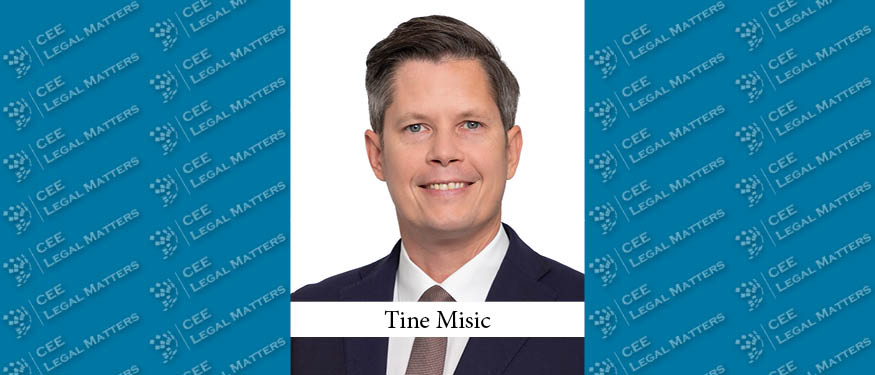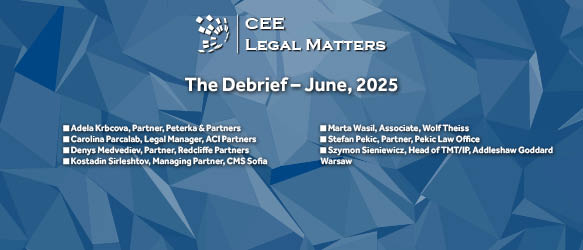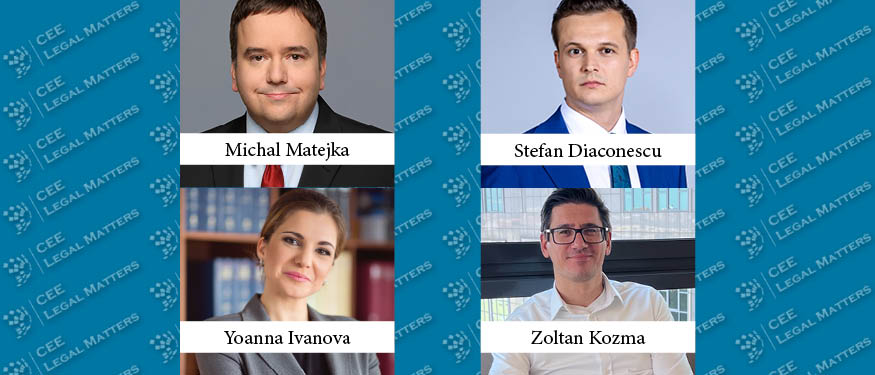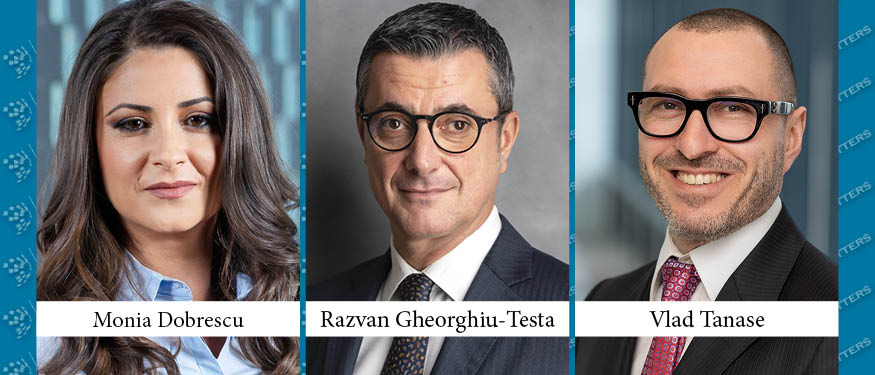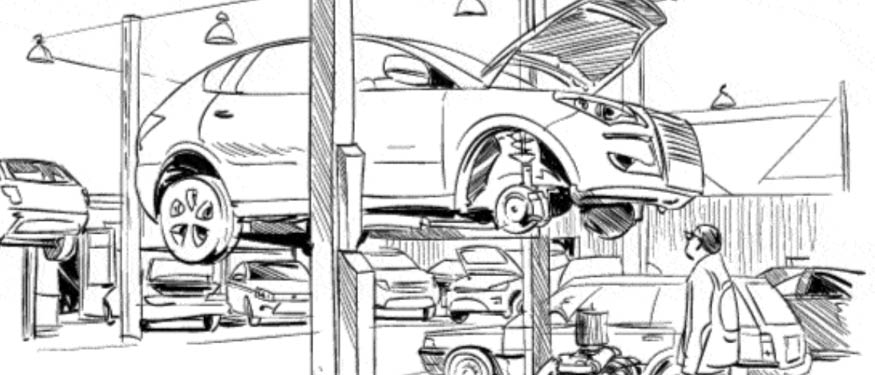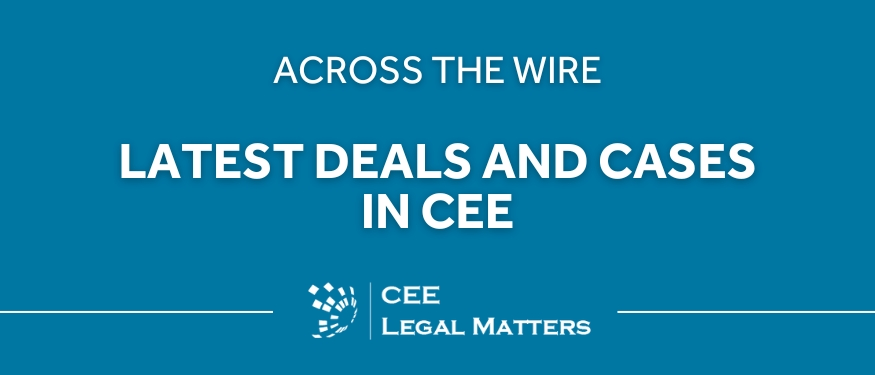Prioritizing defense, tax reforms, and anticipated tariffs are at the top of the agenda in Slovenia, according to ODI Law Partner Tine Misic, who reports the country is looking to upgrade its railway infrastructure and nuclear power plant in Krsko.
"The pace of change globally is staggering, and Slovenia, like the rest of the EU, is feeling the impact of these shifts," Misic begins. "One major development is the increasing prioritization of defense at the EU level, which Slovenia will inevitably take part in. We have already seen some acquisition announcements by the government, and we expect the Prime Minister to outline further strategic priorities. The defense budget is increasing, and this will undoubtedly affect the national economy," he says.
"At the same time, we are witnessing a notable discrepancy in the recent global regulatory trends," Misic continues. "Over the past couple of years, law firms, locally and EU-wide, have been intensely focused on adapting to new AML regulations, following in the footsteps of the banking and financial compliance trends. However, the recent decision of the US Treasury Department to cease applying AML regulations may see the US start attracting more EU-based private equity, with Slovenia likely to be less affected, though, given its smaller PE base," he explains.
As for other local regulatory developments of note, Misic points out that there are several tax reforms in the works, with a VAT reform currently underway. "Additionally, real estate tax reform has sparked a very lively debate. While there is recognition that tax burdens on labor and employment need to be reduced to make the job market more attractive, it remains to be seen whether the government will be biting the sour apple given the early pre-election period, historically never an ideal time to introduce major tax overhauls," he says.
From a trade and industry standpoint, Misic believes that anticipated tariffs may visibly affect Slovenia’s export market, one of the strongest drivers of the local economy in the past two decades, particularly the steel and manufacturing sectors. "That being said, the economy remains in a strong position, with GDP per capita growing steadily – a 2% increase is forecasted for this year, aligning with external assessments."
Taking aim at large-scale projects, Misic reports that Slovenia is actively investing in major infrastructure projects, particularly in the railway sector. "Along with the several substantial country-wise upgrades of the existing railway infrastructure, a new Ljubljana railway passenger terminal, including retail and business infrastructure, is under construction, marking a significant joint PE/government-driven investment. Crucially, he points to one of the largest projects in Slovenian history – "the upgrade of the nuclear power plant in Krsko. While still in its early stages, three potential bidders have been shortlisted." Additionally, he reports that green energy investments are increasing, particularly in solar power production.
Finally, reporting on the most attractive sectors in the country, Misic says that "health and life sciences have been attracting significant foreign investment." Additionally, he indicates that "the SME market is active, with many long-established companies now seeing their founders pursue exit opportunities." Misic concludes by adding that "business infrastructure and commercial real estate have been on the rise over the past few years, which is a notable shift compared to previous trends. Residential real estate investments have remained steady, with demand holding at similar levels."

